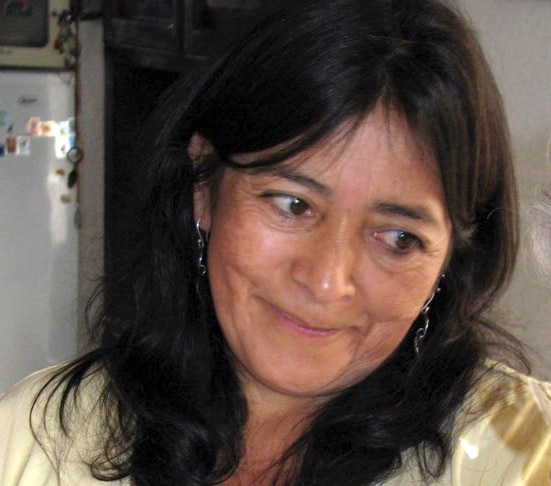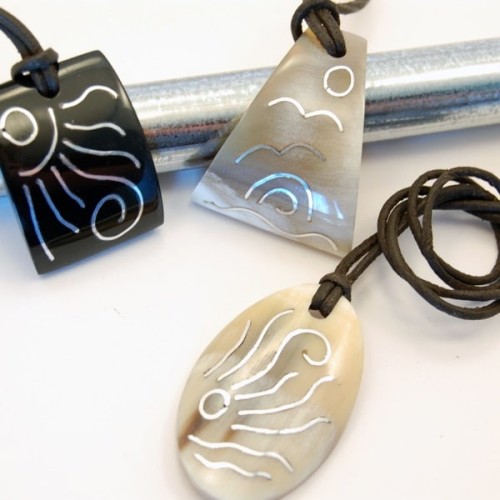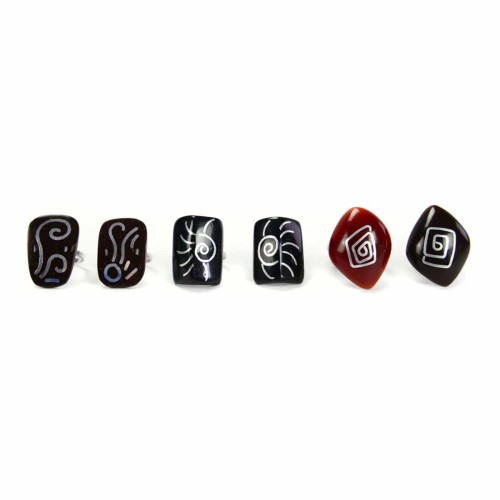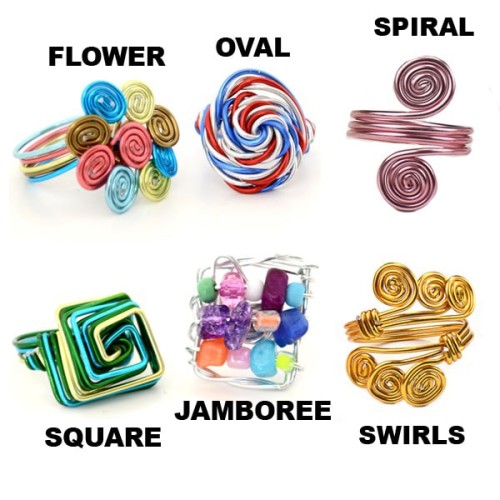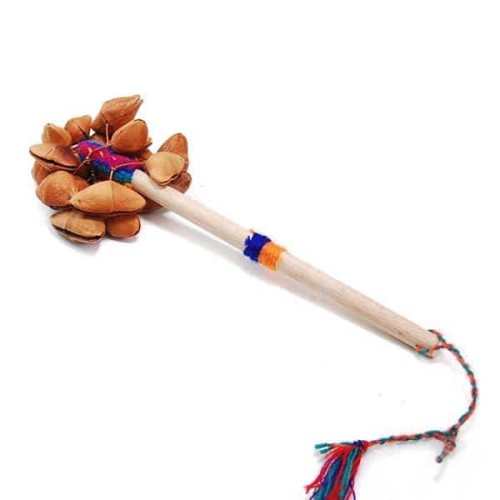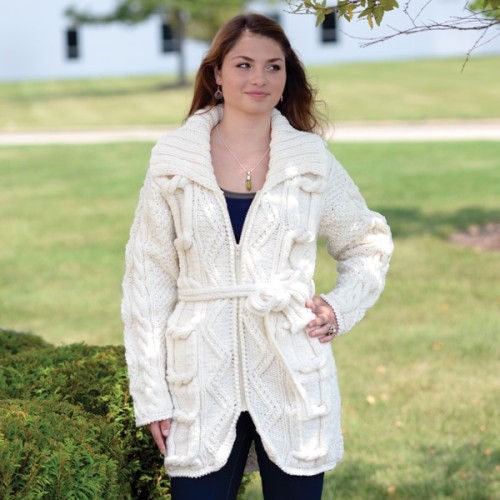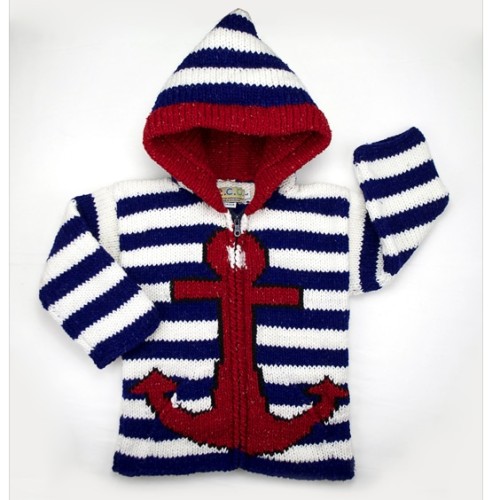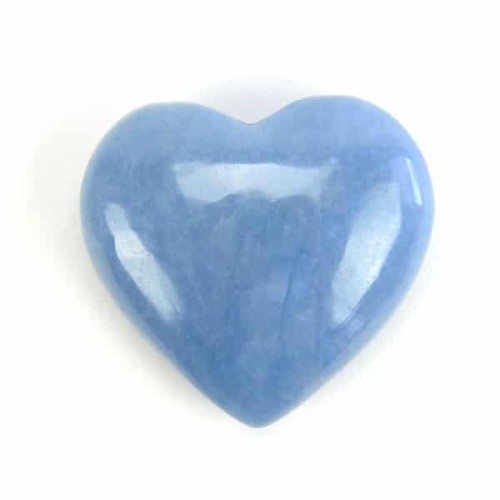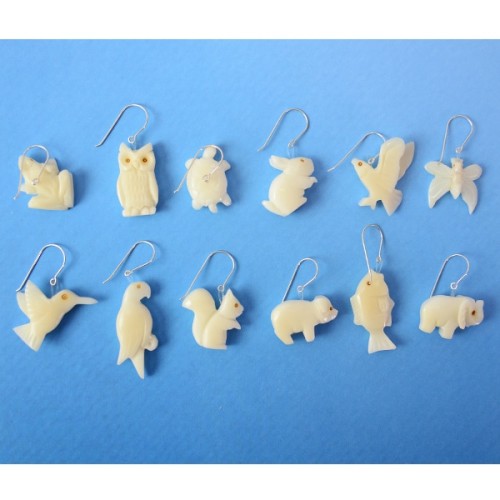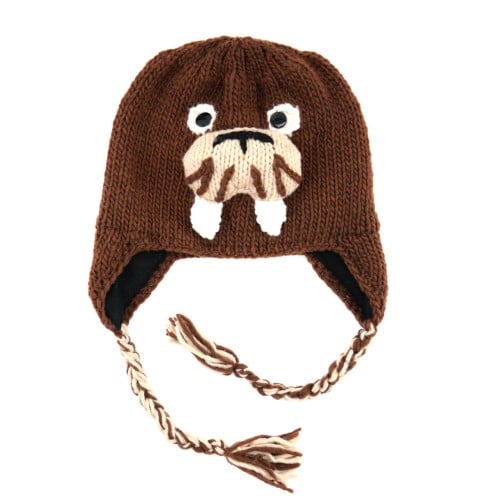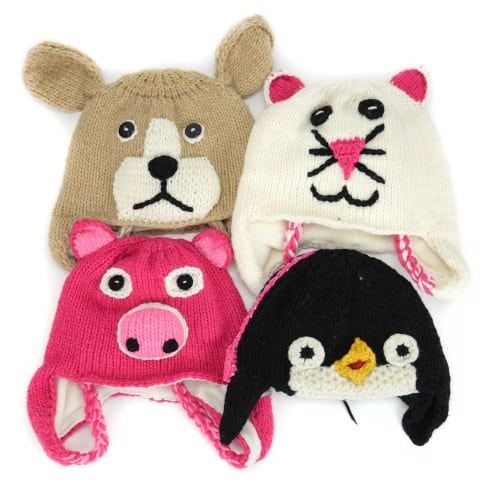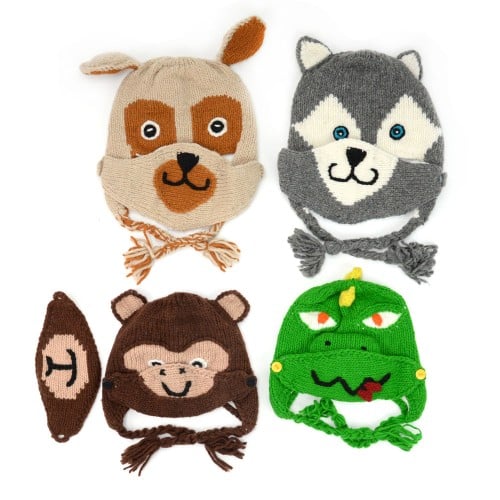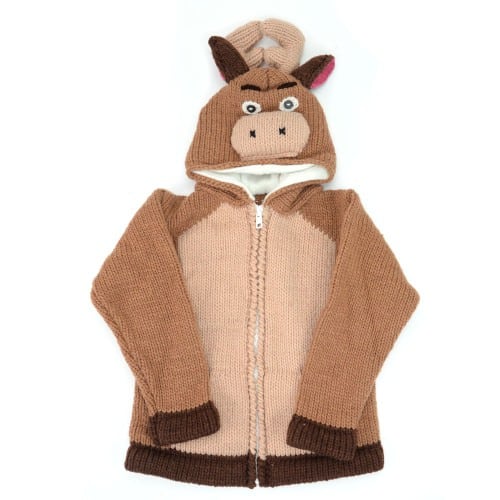Aída was born in Ibarra on August 24, 1962. She has three sisters and three brothers. She is a widow with three children, a son, Felipe, 29, and two daughters, Anaís and Yamani, 22 and 20. Anaís is studying film production, hoping to specialize in sound production/direction, and Yamani studying dentistry. The father of the family died last year, and she is working hard to support her daughters through school so that they can get jobs to support themselves. Aída is a dedicated mother, and extremely hard worker. She says she is always working. She gets ready for the market on Friday nights, leaving at 6am on Saturday mornings to set up her booth. She works at the market all day until 5pm. She does everything she can, working every hour of every day, to earn enough to put her girls through school.
Creativity is in her blood. Before her marriage, she studied architecture, and she has designed her own home and workshop on a plot of land given her (and each of her other brothers and sisters) by their parents in a town renowned for its wood carving and painting. She always liked to create things with her hands and has designed many numbers of articles during her working life. The newspaper in Ibarra interviewed her a few years ago about her craftwork, so she has gained some attention in this artists’ colony. All of her brothers and sisters are artisans as well, living on the family land, each in their own home and workshop. It is a very caring community, nieces, nephews, and cousins of all ages swirl through the homes, being taken care of by whichever relative is available. Aída notes how good her family has been to her and how important it is to her to respond in kind. We smile and tell each other, “Individualism is a lie. Without each other we would die.”
Aída has been working in jewelry making for years, starting with alpaca silver (a metal alloy) and semi-precious stones. At first her sales were very good, but after the dólarizacion (2000), there was a big downturn, as Latin American tourism declined significantly when the tourists had to change their money to dollars. In 2002, she moved into jewelry production using glass. She had tried producing silver and copper jewelry when she first got married, but she didn’t like that. The jewelry was an independent income for her, so she worked and sold jewelry, then built her home; worked some more; built some more. It took her five years to create a gorgeous, light filled space in a sunny garden where she grows lemons, grapes and other things. It was not completely finished after five years, but was complete enough to move in and continue finishing as she earned income.
What Aída likes best about her work is that she can support her daughters to achieve their dreams. She doesn’t have a favorite part of the work itself, although maybe painting the glass might fit that description. She likes to see people wearing her designs – they’re distinctive and she recognizes them immediately. She likes that she can help people adorn themselves and that they value her work. All parts of the work are important to help her meet her kids’ needs. She makes earrings, pendants, rings, bracelets, serving dishes in different sizes, and she is now experimenting with mobiles.
Her work with Chris began through her brother, who makes pens. He told her Chris was looking for glass and Chris eventually talked with Aída directly and she has been working with Minga since 2011.
Her future goals include traveling, exhibiting, and acquiring necessary equipment to help her in her work. After the many costs of their education are paid, she hopes to travel a bit. Friends have paid her way to St. Maarten in the Caribbean before, and she’s developed a love for foreign places. She wouldn’t be able to travel to the U.S. because visas are out of reach for Ecuadoreans, she says. When her kids are independent, she wants to make an exhibit of all her designs. Currently she needs a smaller kiln to bake smaller pieces. To finish a batch in a big kiln takes three hours. In the smaller ones, it takes fifteen minutes. She has to wait days until many, many batches of glass are ready in order to fill the kiln and justify the expenditure of gas.
Everything Aída makes is carefully done by hand with care and love. She would like us to tell our customers: “I’m grateful for your valuing my work. You should know each piece you buy is a big help to me and my family, because with this money and your encouragement, I can fulfill their dreams.”
Minga 2015
Showing 121–140 of 1578 results
Showing 121–140 of 1578 results

